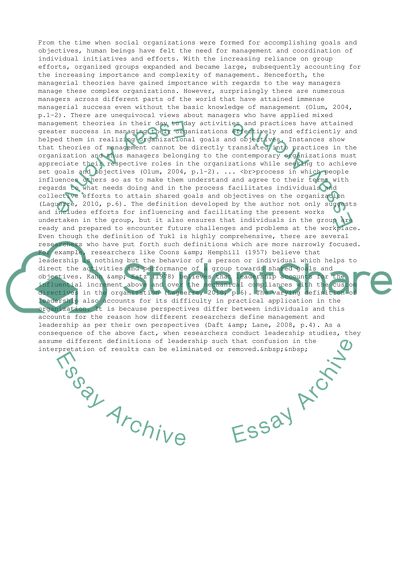Cite this document
(“Theory of Management Essay Example | Topics and Well Written Essays - 3500 words”, n.d.)
Theory of Management Essay Example | Topics and Well Written Essays - 3500 words. Retrieved from https://studentshare.org/management/1452506-with-reference-to-selected-management-theories-and
Theory of Management Essay Example | Topics and Well Written Essays - 3500 words. Retrieved from https://studentshare.org/management/1452506-with-reference-to-selected-management-theories-and
(Theory of Management Essay Example | Topics and Well Written Essays - 3500 Words)
Theory of Management Essay Example | Topics and Well Written Essays - 3500 Words. https://studentshare.org/management/1452506-with-reference-to-selected-management-theories-and.
Theory of Management Essay Example | Topics and Well Written Essays - 3500 Words. https://studentshare.org/management/1452506-with-reference-to-selected-management-theories-and.
“Theory of Management Essay Example | Topics and Well Written Essays - 3500 Words”, n.d. https://studentshare.org/management/1452506-with-reference-to-selected-management-theories-and.


